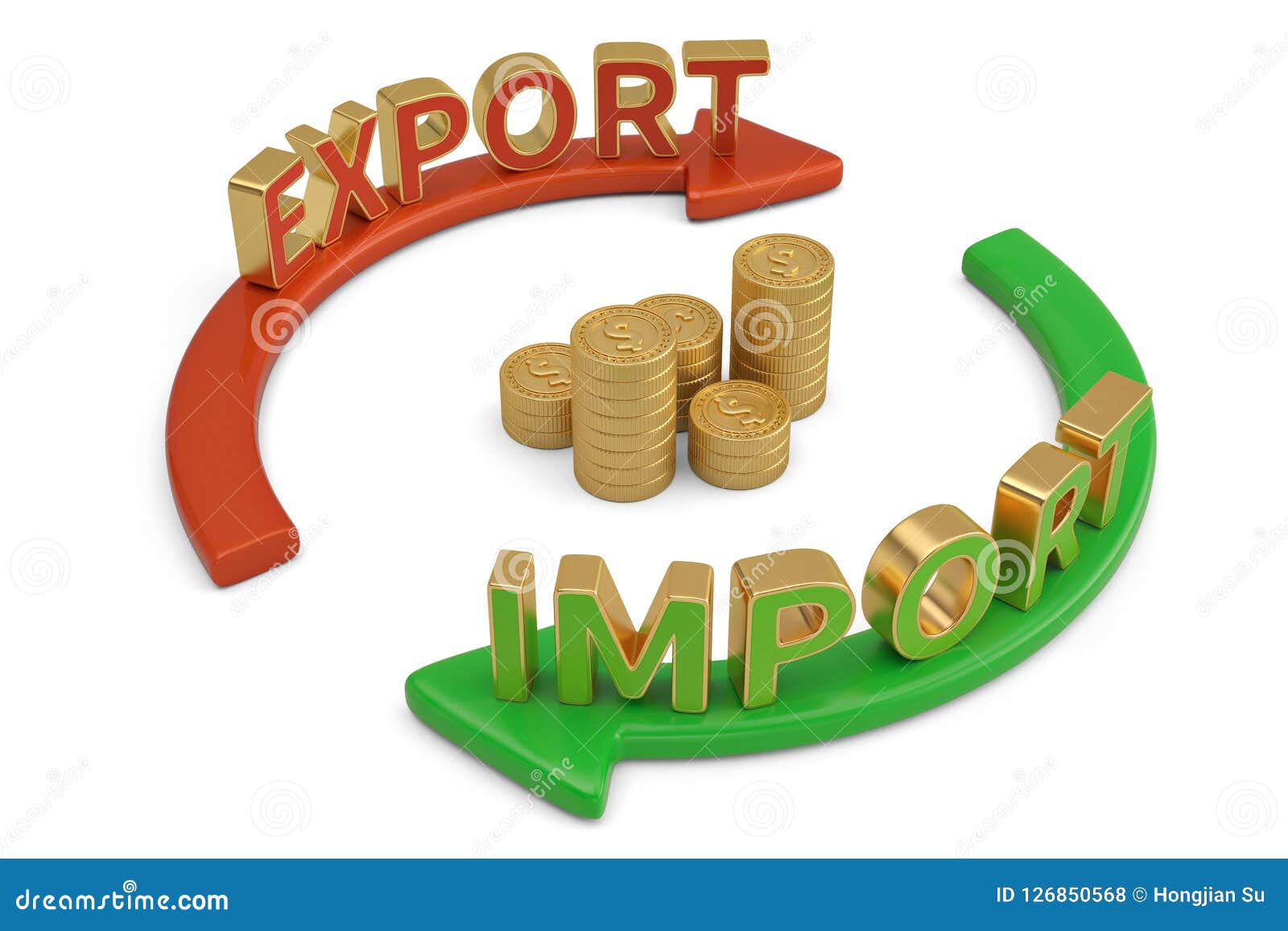

#TRADE IMPORT AND EXPORT SERIES#
Although past price behavior is not a perfect predictor of future trends, historical patterns and relationships in the time series would contribute knowledge about the future level of prices. One important input into any model to forecast price trends is past prices. Forecasting future prices: Anticipating future price trends is important to both the business community and individuals doing research on international prices.In addition, the indexes can be used to determine the impact of trade legislation as part of overall fiscal policy. An input to fiscal and monetary policy: The Federal Reserve Board frequently uses the import and export price indexes when deciding the nation's monetary policy.Movement in import prices can often be an indicator of future inflation since some inputs to domestic production, as well as consumption, are imported. Measure inflation: A primary reason for measuring import prices is to track the impact they have on domestic inflation.The International Price Program price indexes can, however, be used to deflate any type of import or export value statistic into real terms.

trade statistics, the quarterly Balance of Payments Account (BPA) numbers, and the foreign sector of the quarterly National Income and Product Accounts (NIPA). Deflating trade statistics: There are three major government trade statistics that are deflated using the export and import price indexes-the monthly U.S.Other uses include measuring inflation, as an input to fiscal and monetary policy, forecasting future prices, performing elasticity studies, deriving terms of trade indexes, analyzing exchange rates, negotiating trade contracts, and analyzing import prices by locality of origin. Question: What are some uses of Export and Import Price Indexes?Īnswer: The primary use for the International Price Program's import and export price indexes is to deflate various foreign trade and growth statistics produced by the U.S.


 0 kommentar(er)
0 kommentar(er)
